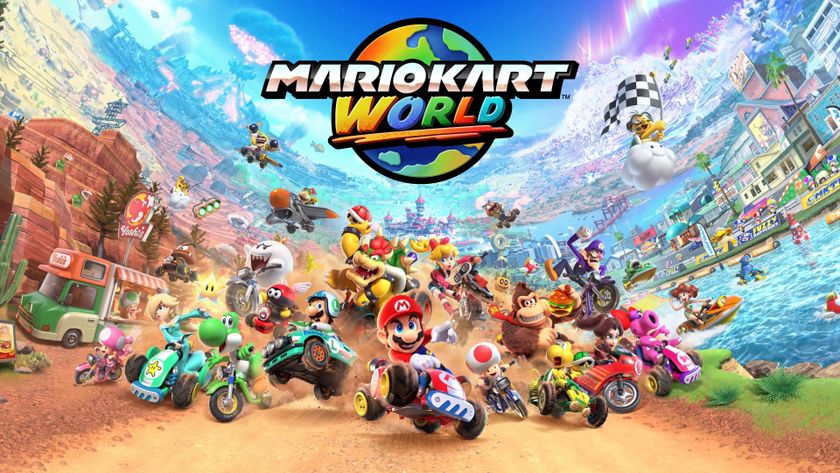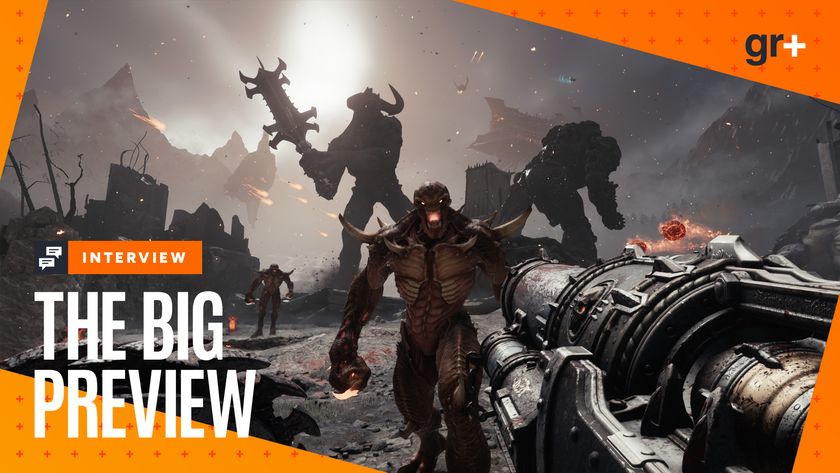The roots of open-world games
It all began long before "sandbox" became a gaming-household word
“In open-world games, if you’re the one making decisions about how you approach an objective, how you complete that objective, who you complete it with and what weapons and transport you use, there’s a much greater sense of satisfaction and greater sense of being on an adventure,” says Statham. “Gamers have more of a feeling of ‘that’s me in the game doing that’, rather than a sense that you’re a disembodied character on a linear path with little possibility to really influence the events and surroundings.”
Ed del Castillo (currently creating the action-RPGRise of the Argonauts) is another developer that believes the opportunities for open-world gaming, helped by pioneering games such as Elite and Midwinter, is the futureof the industry. “I think we sometimes think arrogantly that we know better than the gamer, that we narrowly define their possible experiences, or we go the other way and create a sandbox game, which does a very poor job of creating interesting drama within the experience. Somewhere in the middle is the balance. We have to do more work, but it’ll result in more interest for the players – they don’t want to be led on a rail, because they can go to a movie for that. If we continue to insist that they play the game our way, then we’ll continue to lose them.”

Above: The Elder Scrolls IV: Oblivion introduced a new generation of gamers to the series' signature RPG sandbox
The year 1994 was a major one for RPG gaming with the beginning of a role-playing series that would set standards for immersive 3D worlds: The Elder Scrolls. Beginning with Arena (which you can now download for free from theofficial site), and continuing withDaggerfall, Morrowind, Oblivion and many expansion packs, Bethesda’s series takes in the empire of Tamriel and otherworldly realms such as the Shivering Isles, with the player character able to be a number of races (including Orc, Dark Elf, Imperial and Nord) and classes (such as knight, bard and sorcerer).
“I think that perhaps, the Elder Scrolls series has most of all pushed the idea that massive scale can also be manageable,” says Howard. “That all the little details can be done to an extreme, yet the whole world can still fit together and tell its own story as you wander through it.” Yet, a major consideration when making a freeform game such as Oblivion is the long development cycle. “One of the major problems you’re battling with is the unyielding forward march of technology,” says Statham. “Consider that if you start developing a game in 2004 with the expectation of a four-year development cycle, what you can do in 2004 compared to 2008 is significantly different. You really have to get out that crystal ball and guestimate what the technology at the end of development will allow you to do.”

Above: GTA 3 cemented the buzzword "sandbox" into the minds of developers everywhere
Perhaps the gaming series that has coped with the development cycle problems best and done most for sandbox gameplay is Grand Theft Auto. Launched in 1997 in a whirlwind of Max Clifford-generated controversy, the original developers DMA Design (who became Rockstar North) defined the free-roaming violent and vehicular action template with GTA. “Up until that point, with very few exceptions, the game world was passive, or at least offered only minimal interaction with the player such as falling blocks, rising spikes or, if you were very lucky, swinging ropes,” says Brian Baglow, CEO of Indoctrimat PR, who worked for DMA Design. “GTA turned this on its head and made the player just another character in a whole world going about its daily business. The environment is not merely the setting for the action, but is an active part of the overall gameplay, which affects and reacts to the player as they progress.”
Sign up to the 12DOVE Newsletter
Weekly digests, tales from the communities you love, and more

Donkey Kong veteran gives Bananza's character redesign his official seal of approval, praising the new Switch 2 game's look: "It's really ace!"

Nintendo says the Switch 2 "isn't simply an improved Nintendo Switch, we redesigned the system from the ground up," and after 8 years, I'd sure hope so











